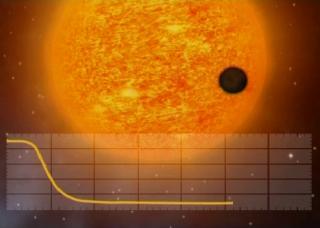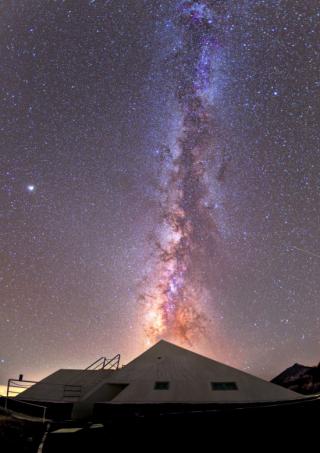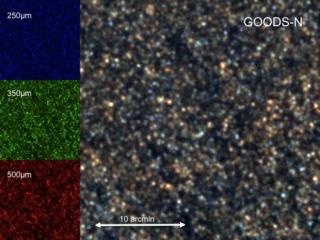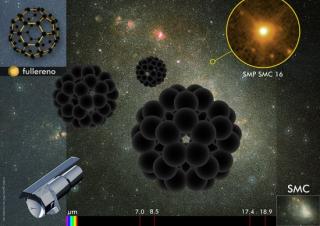
When scientists realised that observing and analysing oscillations in the Sun could provide information about its interior, it was only a matter of time before Helioseismology was put to work on other stars
Advertised on
This section includes scientific and technological news from the IAC and its Observatories, as well as press releases on scientific and technological results, astronomical events, educational projects, outreach activities and institutional events.



